this post was submitted on 14 Aug 2024
36 points (97.4% liked)
Forage Fellows 🍄🌱
436 readers
2 users here now
Welcome to all things foraging! A new foraging community, where we come together to explore the bountiful wonders of the natural world and share our knowledge of gathering wild goods! 🌱🍓🫐
founded 1 year ago
MODERATORS
you are viewing a single comment's thread
view the rest of the comments
view the rest of the comments
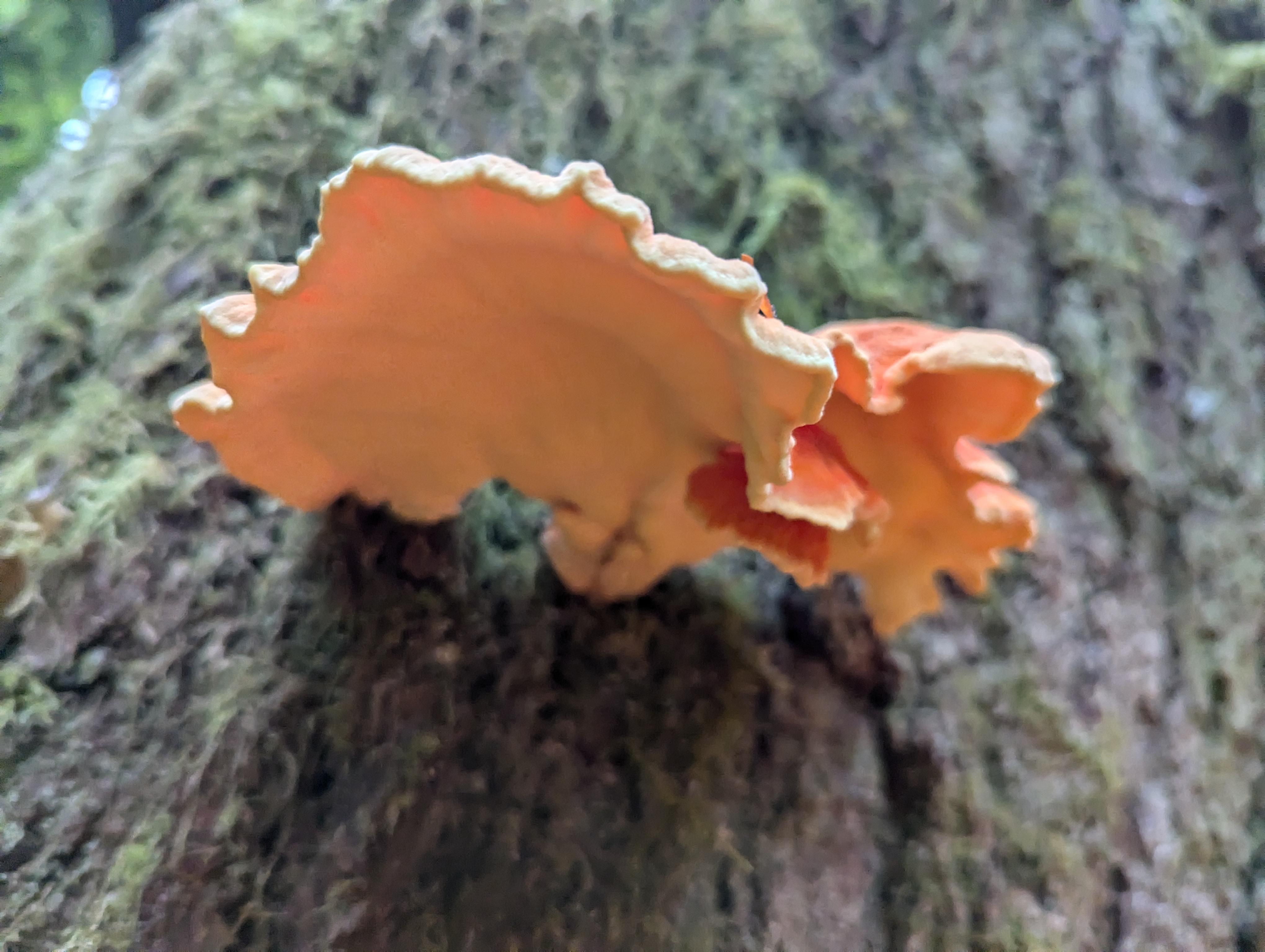
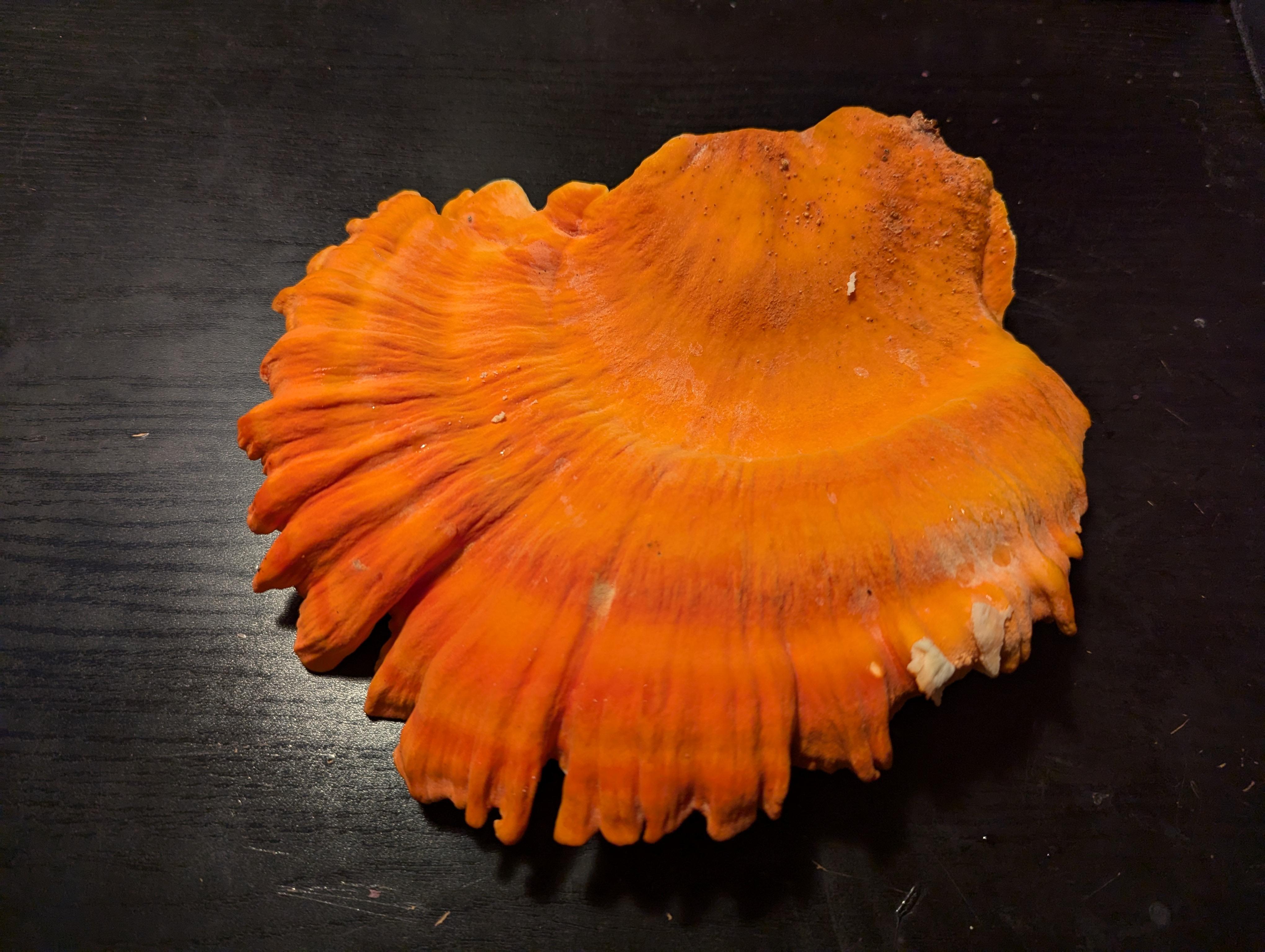
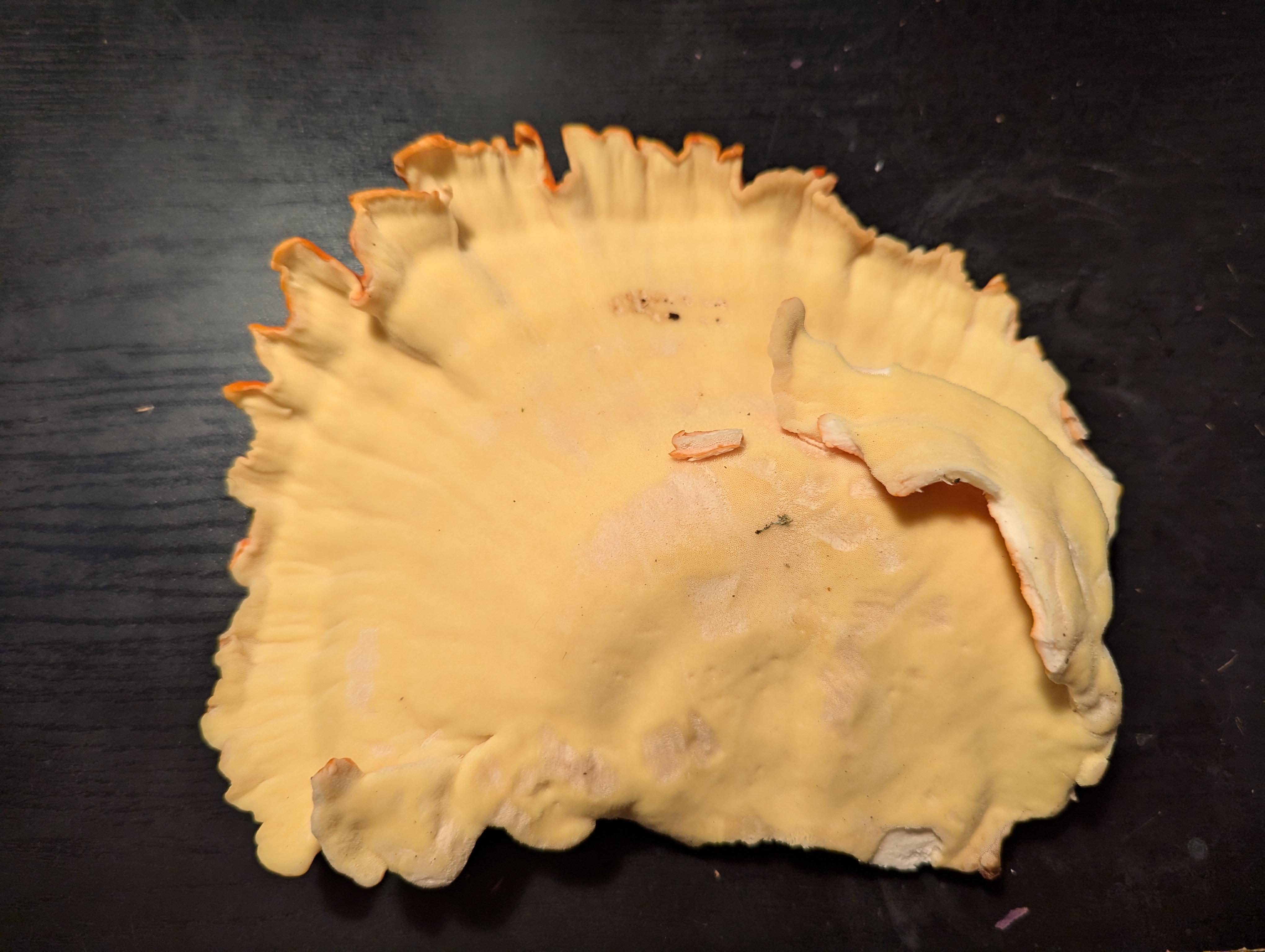
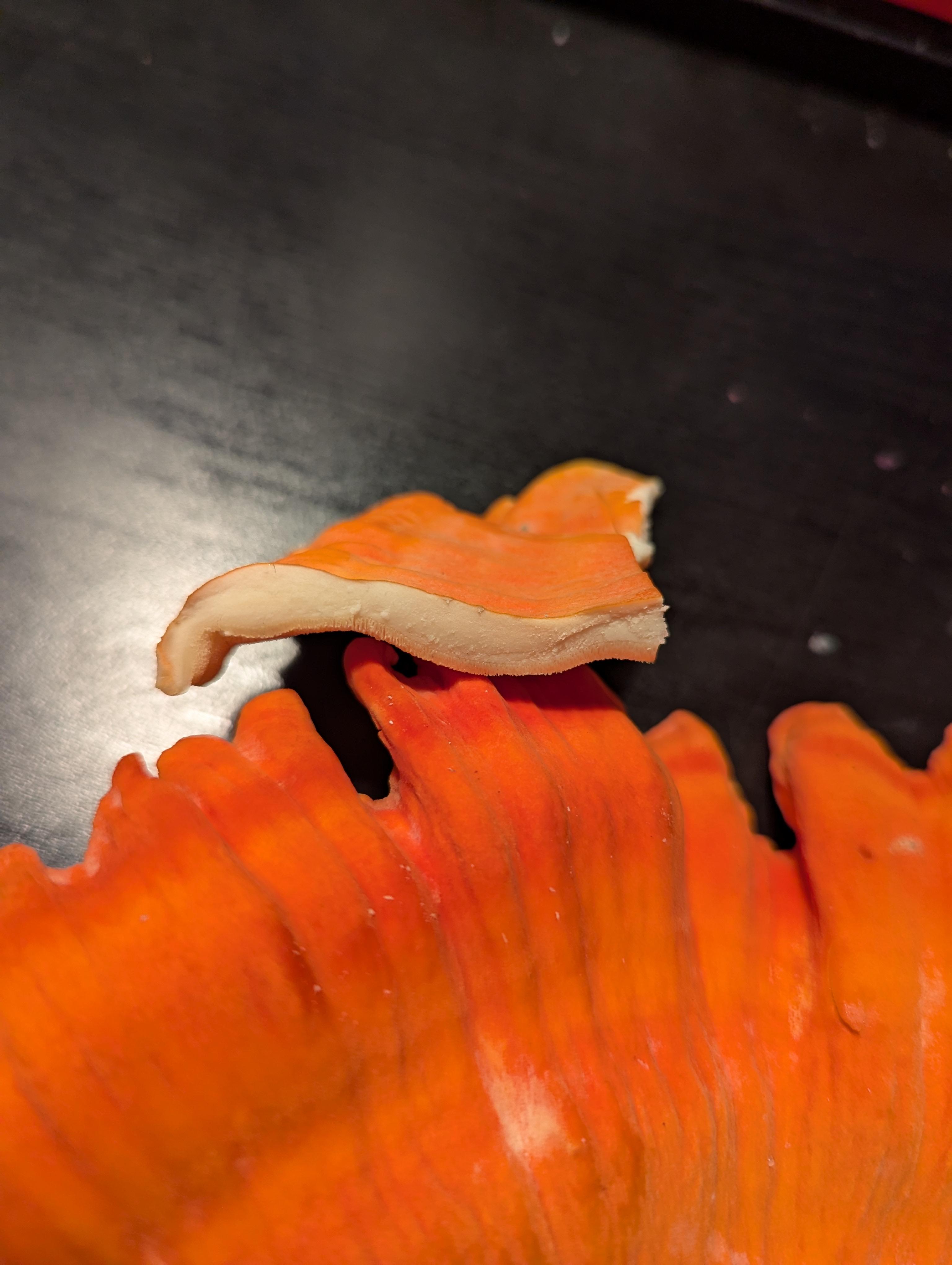
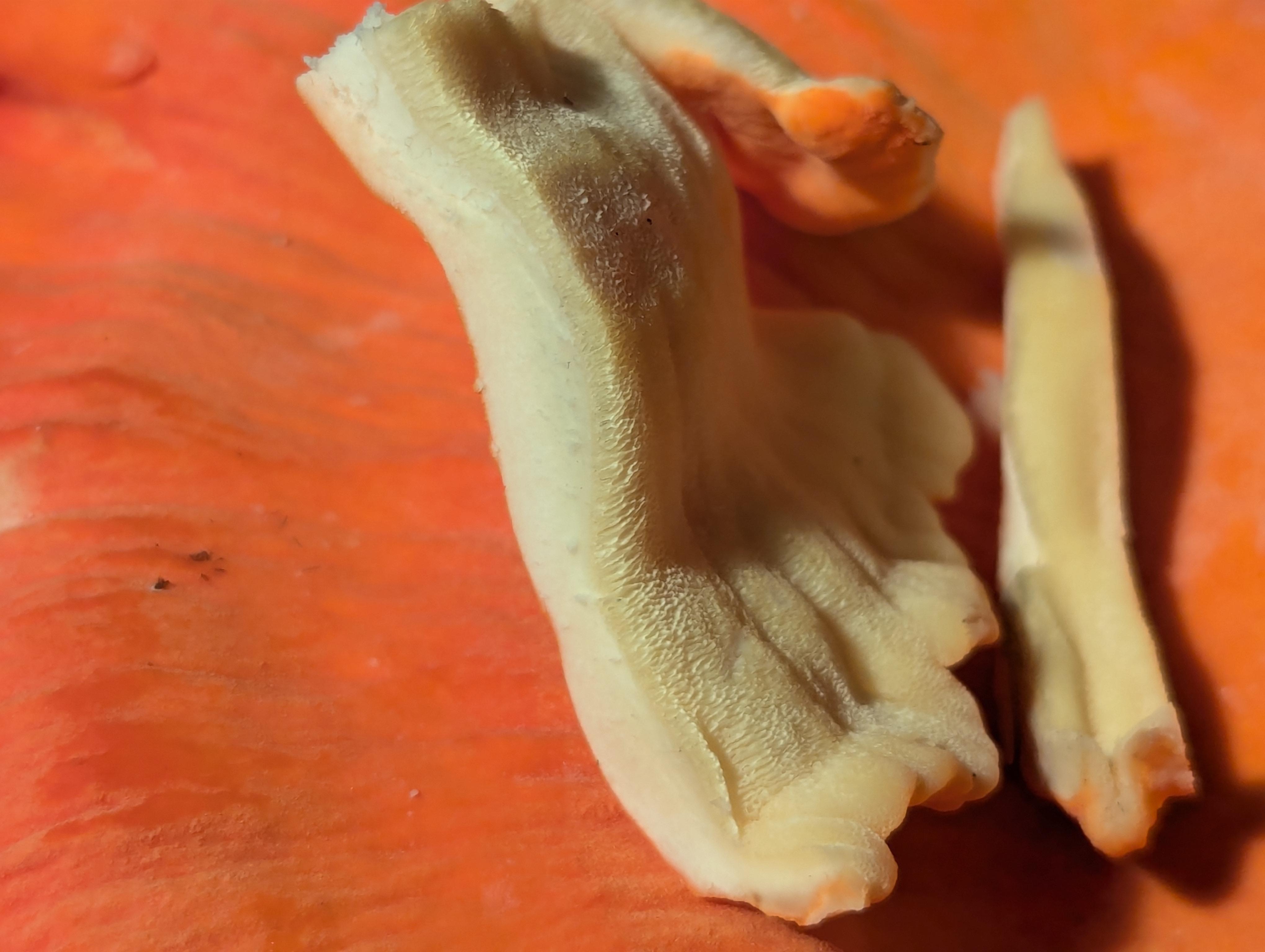
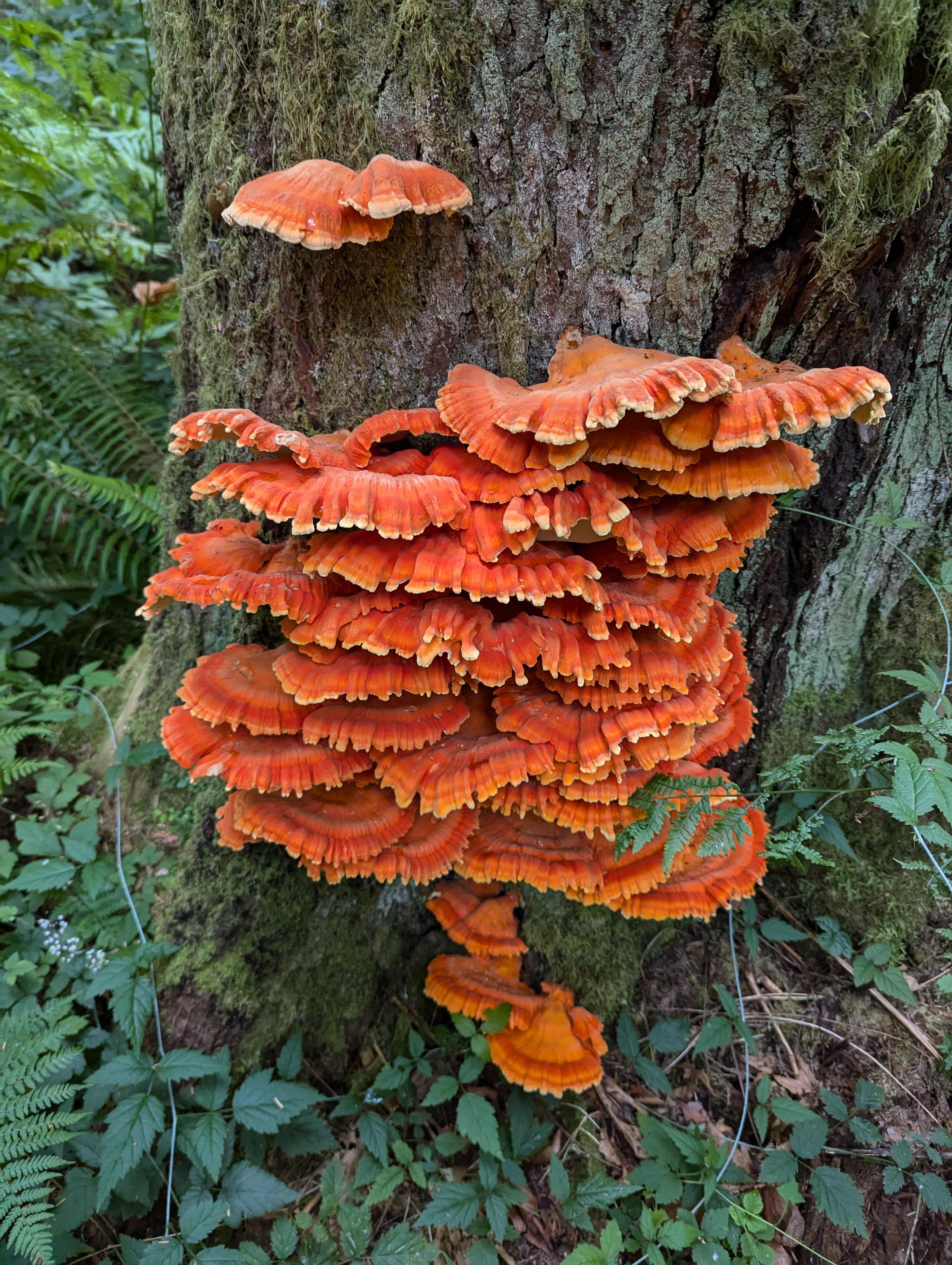
Definitely. Looks very fresh and delicious.
Just be aware that some people are sensitive to it and might react negatively to it. That might also be a myth, who knows.
Also, look at the tree it's growing at. There are some species that can make COTW toxic, or at least inedible, making it bitter.
I really like to make chicken nuggets out of it, but using it just like chicken (e.g. fried rice) is extremely delicious!
Looks like it's a very lengthy process if you're really doing it by the book...
https://www.greenbelly.co/pages/universal-edibility-test
That guide also says to avoid mushrooms altogether.
I think there's a difference between "is this mushroom edible?" and "does this mushroom i know is edible agree with me?"
Most edible mushrooms are only edible after cooking. Important step. And really, you should positively identify anything before eating.
Some of the most common poisonous mushrooms have symptoms that don't appear until 24 hours after eating them. I don't recommend testing plants for poison like this unless you're in an emergency situation.
From what I've read, it seems that some people are more sensitive to certain species of laetoporus. Regarding the substrate affecting the mushroom, this appears to be a common myth [1].
References